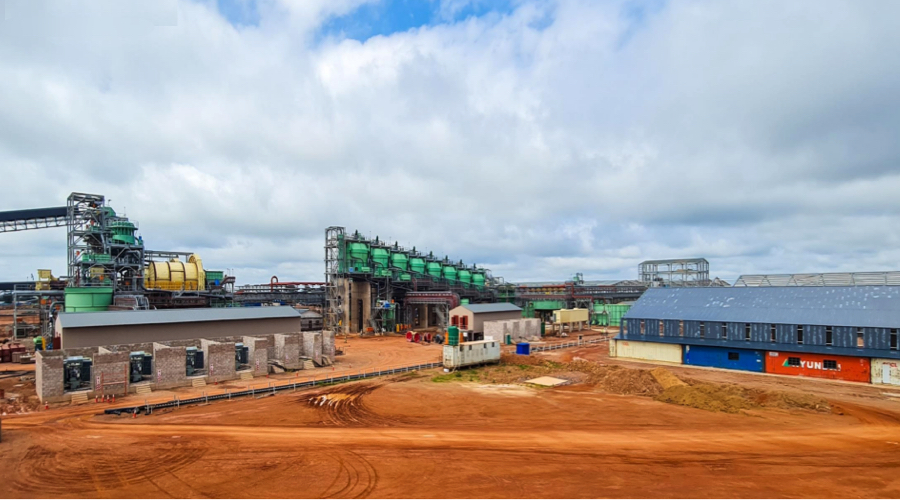
The Vancouver-based company noted the mine and concentrator plant at the site are already powered by clean, renewable hydropower, so the focus of its net-zero commitment will be on electrifying the project’s mining fleet.
“Industrial-scale electric and fuel-cell mechanized underground mining equipment is being tested around the world and it is only a matter of time until they become available for commercial use in the size that we require for our large-scale, bulk mining operations,” Robert Friedland, Ivanhoe Mines co-chair, said in the media release.
“We plan to be among the first of the early adopters of the technology,” he added.
Friedland did not specify a target date for realizing the goal of becoming the first net-zero operational carbon emitter among the world’s top-tier copper producers.
Scope 3 next
Ivanhoe also said that once the mine reaches net-zero Scope 1 and 2 emissions, it will turn its focus to achieving a net-zero total emissions, which will include all indirect emissions, whether upstream or downstream or “Scope 3.”
Commodity extraction and its use are responsible for 4% to 7% of global greenhouse-gas emissions, and up to 32% to 35% when considering Scope 3 emissions, analysts at Morgan Stanley said in a new report published on Tuesday.
“The transition will define boards’ capital allocation priorities, links between climate performance and executive remuneration, capex/opex intensity, and ultimately returns and their appeal to ESG-focused [environmental, social and corporate governance] investors,” Morgan Stanley said.
“Adequate strategies will minimize business risks over time, lower costs of capital and boosting equity values,” according to the report.
First production at Kakula, the first mine planned at the Kamoa-Kakula concession, is expected by early June.
The operation is initially forecast to generate 3.8 million tonnes of ore a year at an average feed grade “well in excess of 6% copper” over the first five years of operation.
Kamoa-Kakula is a strategic partnership between Ivanhoe Mines (39.6%), Zijin Mining Group (39.6%), Crystal River Global Limited (0.8%) and the DRC government (20%).




